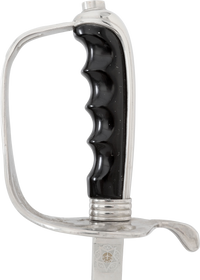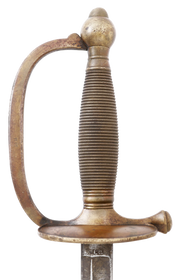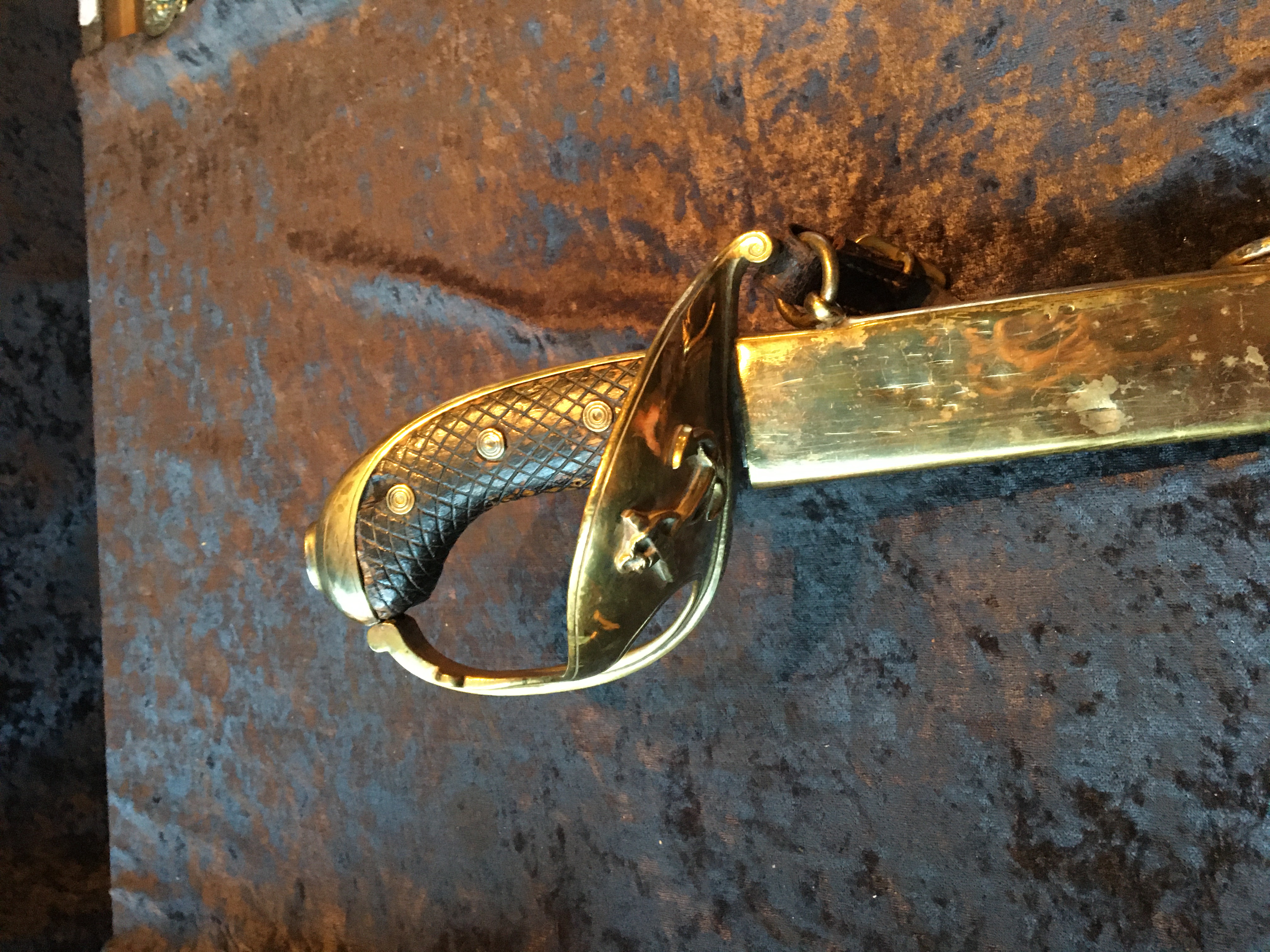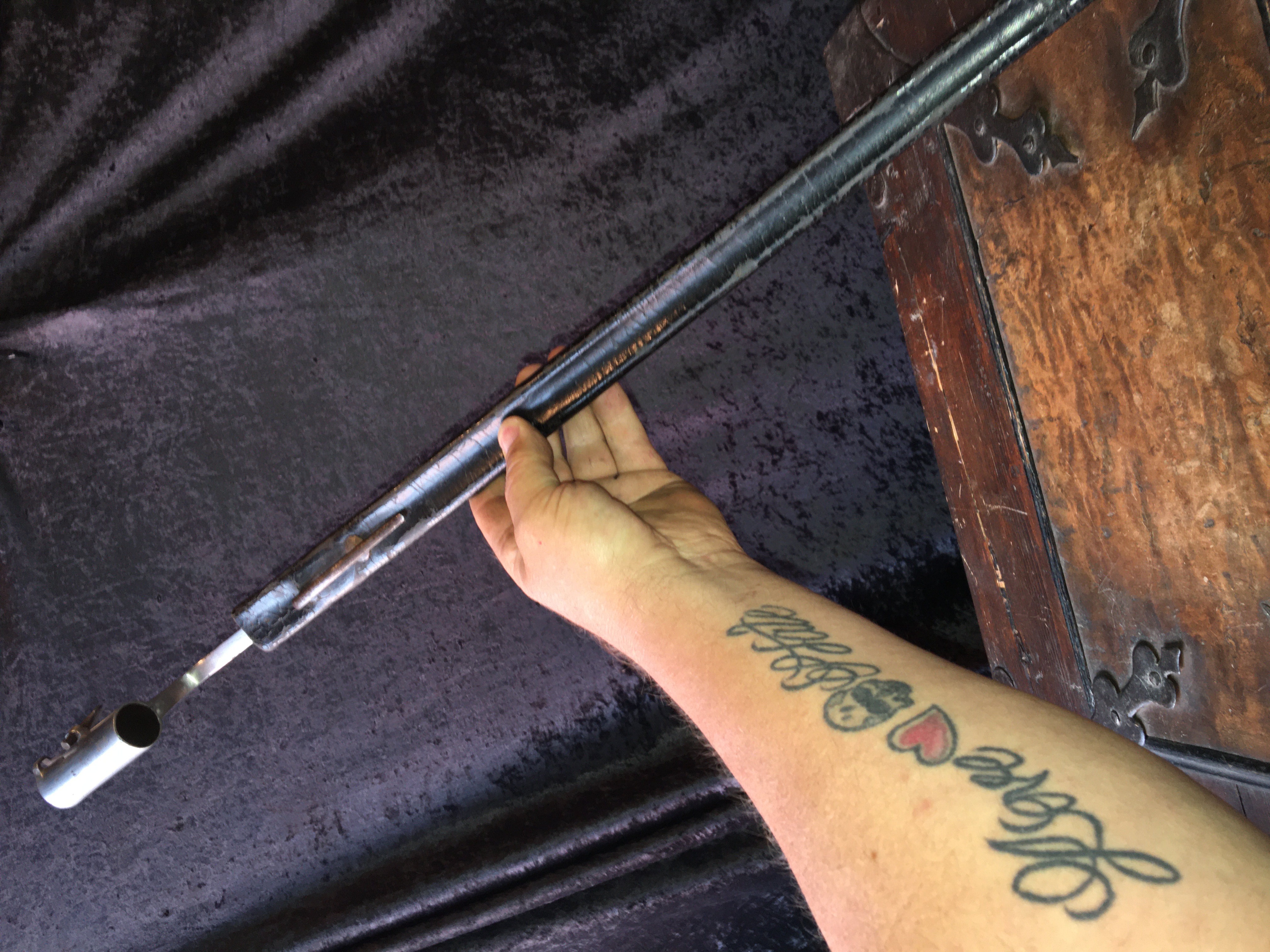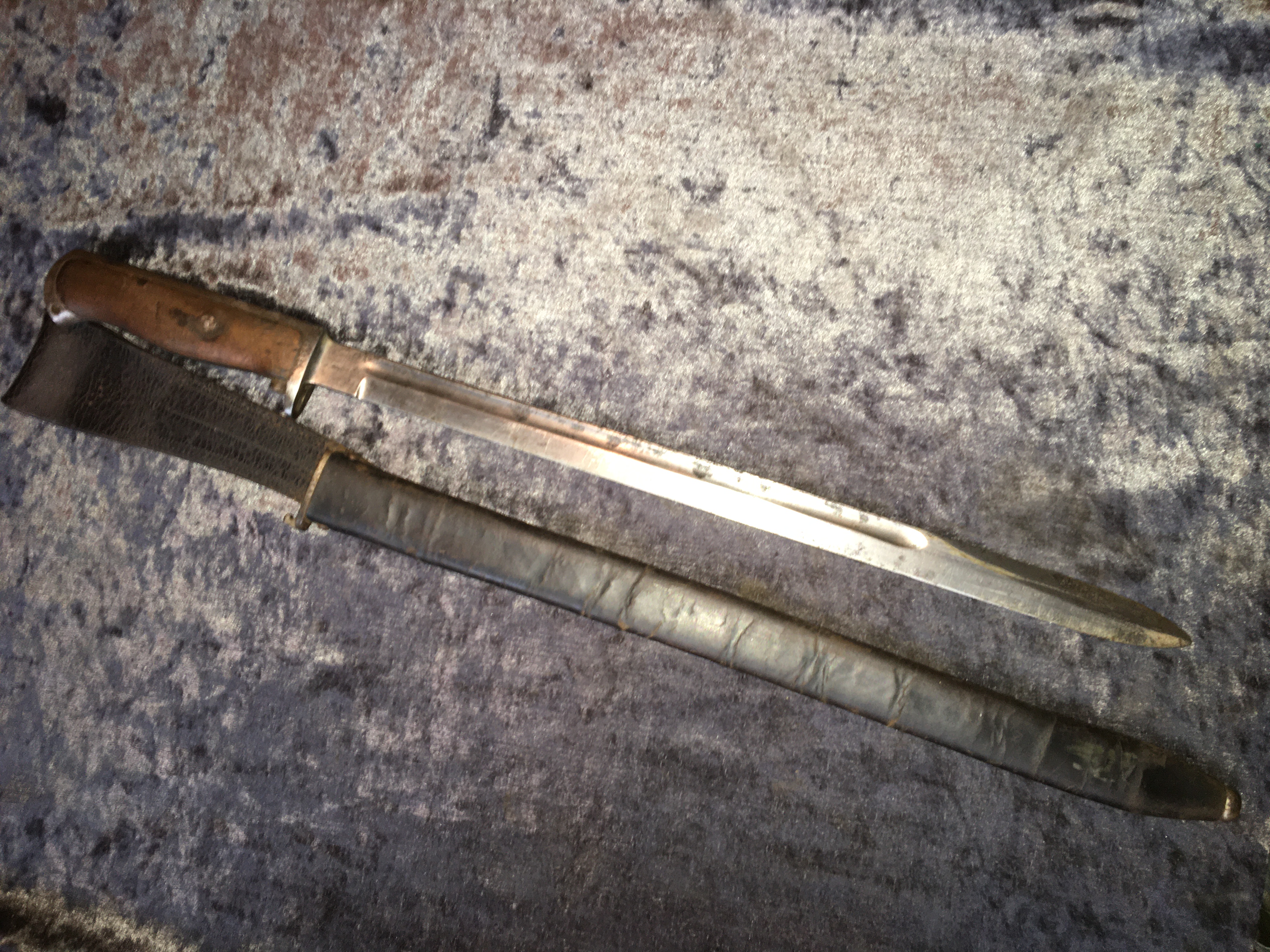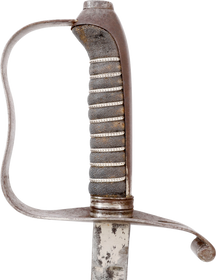For Sale
The following items are listed by for sale by users of the site and dealers. They are in no way endorsed or guaranteed by www.oldswords.com
Add a Classified ItemYou can also receive regular email notifcations when items match your keywords. To recieve them just register or logon at the top right of this page.
- Nation : German
- Local Price : 485.00 USD
- Nation : Italian
- Local Price : 485.00 USD
- Nation : American
- Local Price : 485.00 USD
- Nation : -
- Local Price : 485.00 USD
- Nation : -
- Local Price : 485.00 USD
- Nation : American
- Local Price : 485.00 USD
- Nation : German
- Local Price : £350.00
- Nation : German
- Local Price : £350.00
- Nation : Russian
- Local Price : £350.00
- Nation : Australia
- Local Price : £350.00
- Nation : -
- Local Price : 475.00 USD
- Nation : German
- Local Price : 475.00 USD
- Nation : -
- Local Price : 475.00 USD
- Nation : British
- Local Price : £345.00
- Nation : German
- Local Price : £345.00
- Nation : French
- Local Price : £345.00
- Nation : British
- Local Price : $650.00 CAD
- Nation : British
- Local Price : $650.00 CAD
- Nation : British
- Local Price : $650.00 CAD
- Nation : -
- Local Price : 465.00 USD
- Nation : -
- Local Price : 465.00 USD
- Nation : Austrian
- Local Price : 455.00 USD
- Nation : British
- Local Price : £330.00


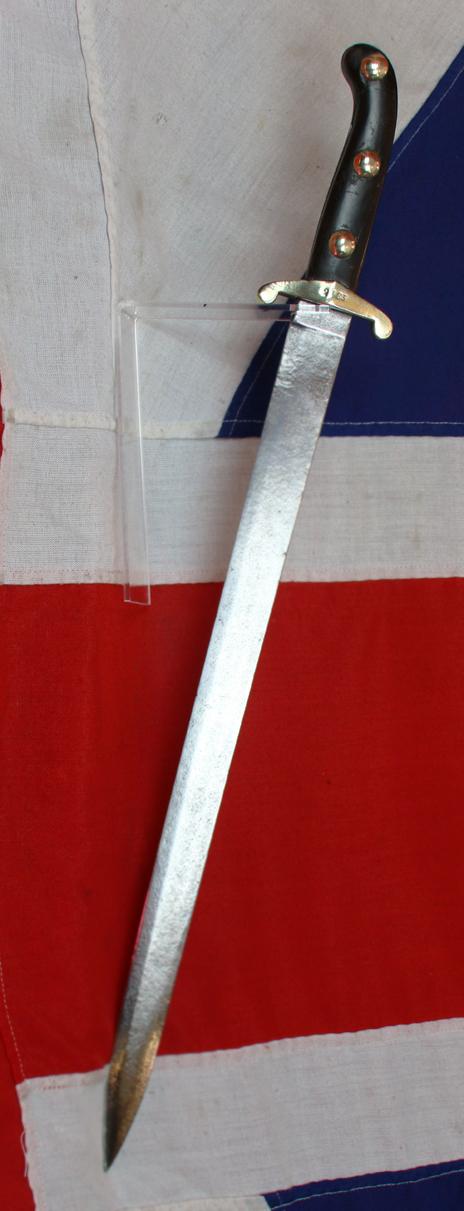
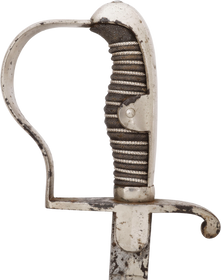
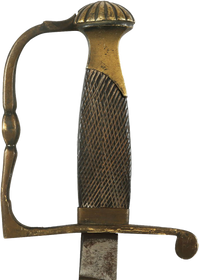
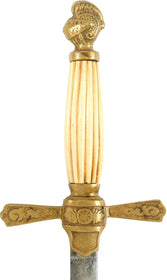
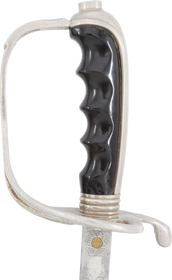

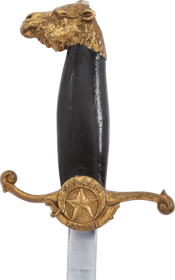

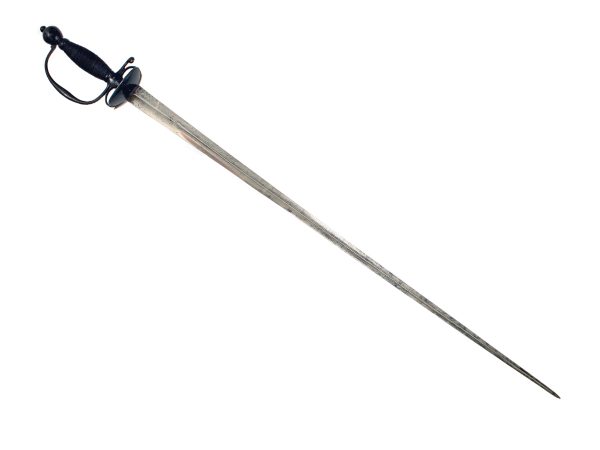

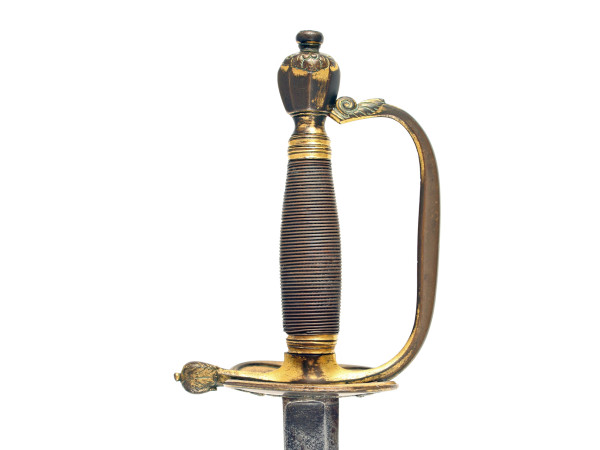
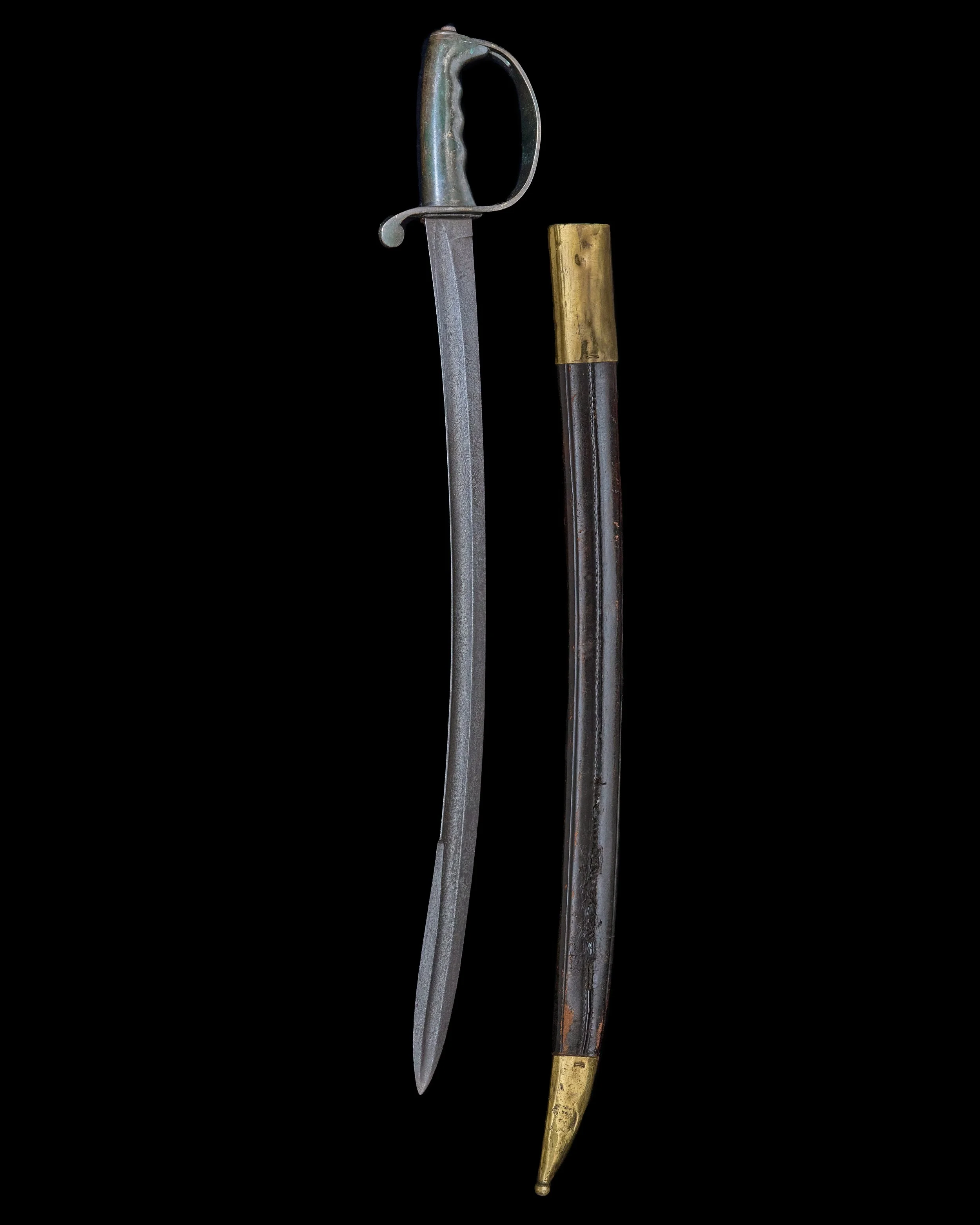
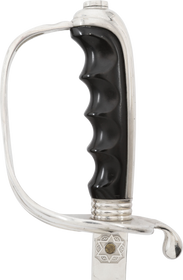

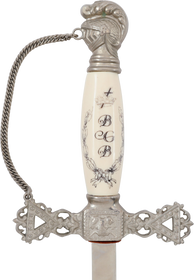

.jpg)
.jpg)







